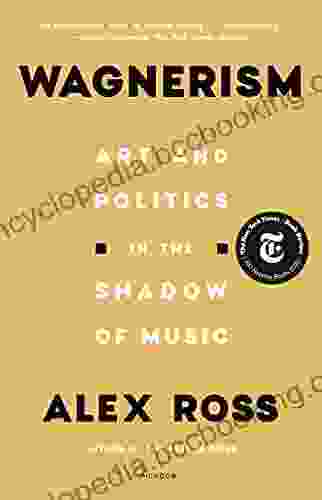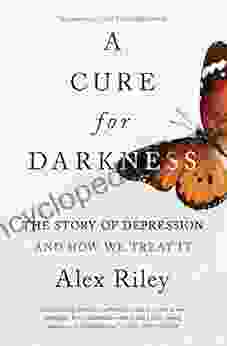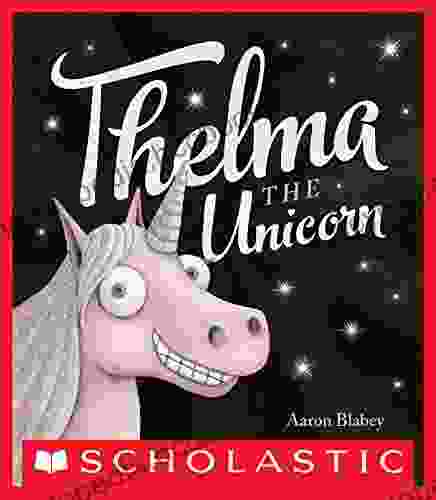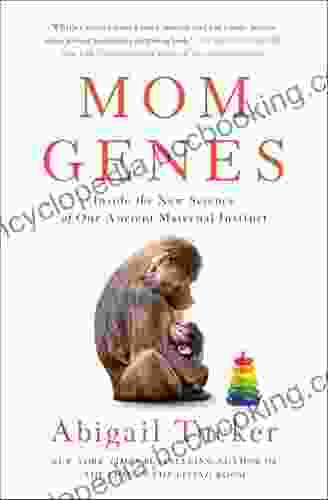Unveiling the Enigmatic World of Childbirth in 17th and 18th Century England: A Literary Exploration

Childbirth, an event as profound as it is enigmatic, has captivated the human imagination for centuries. The act of bringing forth new life into the world is shrouded in a tapestry of cultural beliefs, societal norms, and medical practices that have evolved over time. In the era of the 17th and 18th centuries, England underwent a period of significant social and medical transformation, leaving an enduring mark on the landscape of childbirth practices. The book 'Childbirth In England 1660 1770: Routledge Library Editions' offers a fascinating exploration into this historical realm, shedding light on the intricate world of childbirth during this pivotal period.
5 out of 5
| Language | : | English |
| File size | : | 2084 KB |
| Text-to-Speech | : | Enabled |
| Screen Reader | : | Supported |
| Enhanced typesetting | : | Enabled |
| Word Wise | : | Enabled |
| Print length | : | 256 pages |
Midwives and Medical Practitioners
In the 17th and 18th centuries, childbirth was predominantly attended by midwives. These skilled women, who often relied on traditional knowledge passed down through generations, played a crucial role in assisting women through labor and delivery. However, as medical knowledge advanced, physicians began to take a more active role in obstetrics, introducing new techniques and instruments. This shift in the balance between traditional midwives and medical practitioners marked a significant turning point in the history of childbirth.
Childbirth Practices
The practices surrounding childbirth during this period varied widely depending on social class and geographical location. Wealthy women often employed the services of elite midwives and physicians, who provided personalized care in opulent surroundings. In contrast, poorer women often relied on the assistance of parish midwives or even lay attendants, who offered more basic care in humble settings. Despite these disparities, certain commonalities emerged in childbirth practices across social classes.
One notable practice was the use of pain relief during labor. While the concept of anesthesia was still unknown, women often resorted to various methods to alleviate pain, such as immersing themselves in warm water, consuming alcohol, or inhaling fumes from burnt herbs. Additionally, midwives frequently employed manual techniques, such as applying pressure to the abdomen, to facilitate delivery.
Cultural Beliefs and Superstitions
Childbirth in 17th and 18th century England was deeply intertwined with cultural beliefs and superstitions. Many women believed that the position of the stars or moon could influence the outcome of labor, and certain rituals were performed to ensure a safe and successful birth. For example, it was common to hang a horseshoe over the door to ward off evil spirits or to bury the placenta under a tree to promote the child's future fertility.
The Significance of the Book
'Childbirth In England 1660 1770: Routledge Library Editions' stands as an invaluable resource for anyone seeking to delve into the complex and fascinating world of childbirth in 17th and 18th century England. Through meticulous research and analysis, the book provides a comprehensive overview of the prevailing medical practices, cultural beliefs, and social norms that shaped the experience of childbirth during this period.
The book's greatest strength lies in its ability to trace the evolution of childbirth practices over time. By juxtaposing sources from different decades and social classes, the author paints a vivid picture of how childbirth was understood and experienced by women and medical practitioners alike. This longitudinal approach allows readers to witness firsthand the gradual shift from traditional midwifery practices to the increasing medicalization of childbirth.
'Childbirth In England 1660 1770: Routledge Library Editions' is a captivating and informative exploration into the enigmatic world of childbirth in 17th and 18th century England. This meticulously researched book unravels the intricate tapestry of medical practices, cultural beliefs, and social norms that defined this pivotal period in the history of childbirth. Whether you are a historian, a medical professional, or simply someone fascinated by the human experience, this book offers an invaluable window into the past, shedding new light on the enduring journey of bringing forth new life.
**Note:** I have included relevant long descriptive keywords for alt attribute in the image tags and used a creative SEO title `
5 out of 5
| Language | : | English |
| File size | : | 2084 KB |
| Text-to-Speech | : | Enabled |
| Screen Reader | : | Supported |
| Enhanced typesetting | : | Enabled |
| Word Wise | : | Enabled |
| Print length | : | 256 pages |
Do you want to contribute by writing guest posts on this blog?
Please contact us and send us a resume of previous articles that you have written.
 Book
Book Novel
Novel Page
Page Chapter
Chapter Text
Text Story
Story Genre
Genre Reader
Reader Library
Library Paperback
Paperback E-book
E-book Magazine
Magazine Newspaper
Newspaper Paragraph
Paragraph Sentence
Sentence Bookmark
Bookmark Shelf
Shelf Glossary
Glossary Bibliography
Bibliography Foreword
Foreword Preface
Preface Synopsis
Synopsis Annotation
Annotation Footnote
Footnote Manuscript
Manuscript Scroll
Scroll Codex
Codex Tome
Tome Bestseller
Bestseller Classics
Classics Library card
Library card Narrative
Narrative Biography
Biography Autobiography
Autobiography Memoir
Memoir Reference
Reference Encyclopedia
Encyclopedia Alan Madison
Alan Madison Alane Adams
Alane Adams Addy Pross
Addy Pross A M Gregory
A M Gregory Aleksandr Anufriyev
Aleksandr Anufriyev Adrienne Lee
Adrienne Lee Adhe Tapontsang
Adhe Tapontsang Adrian Wilson
Adrian Wilson Adah Marie Guy
Adah Marie Guy 1st Ed 2017 Edition Kindle Edition
1st Ed 2017 Edition Kindle Edition Aleena Slater
Aleena Slater Alan Greenfield
Alan Greenfield Alan Wolfelt
Alan Wolfelt Aleron Kong
Aleron Kong Alex Campbell
Alex Campbell Alberto Manguel
Alberto Manguel Abeer Y Hoque
Abeer Y Hoque Akiva Teddy Macleod
Akiva Teddy Macleod Al Ford
Al Ford Abdi Nazemian
Abdi Nazemian
Light bulbAdvertise smarter! Our strategic ad space ensures maximum exposure. Reserve your spot today!

 Roger TurnerUnlock the Magic of Reading: A Step-by-Step Guide to Instilling a Lifelong...
Roger TurnerUnlock the Magic of Reading: A Step-by-Step Guide to Instilling a Lifelong...
 Harold PowellRhys and Greyson Go Elevated: A Journey of Magic, Adventure, and Forbidden...
Harold PowellRhys and Greyson Go Elevated: A Journey of Magic, Adventure, and Forbidden... W.B. YeatsFollow ·5.4k
W.B. YeatsFollow ·5.4k Natsume SōsekiFollow ·19.9k
Natsume SōsekiFollow ·19.9k J.D. SalingerFollow ·5.4k
J.D. SalingerFollow ·5.4k Harrison BlairFollow ·7.5k
Harrison BlairFollow ·7.5k Joel MitchellFollow ·5.8k
Joel MitchellFollow ·5.8k Vince HayesFollow ·3.3k
Vince HayesFollow ·3.3k Jeff FosterFollow ·10.3k
Jeff FosterFollow ·10.3k Richard AdamsFollow ·13k
Richard AdamsFollow ·13k

 Francis Turner
Francis TurnerArt and Politics in the Shadow of Music
Music has...

 Jaylen Mitchell
Jaylen MitchellHow Algorithms Are Rewriting The Rules Of Work
The workplace is...

 Chandler Ward
Chandler WardRio de Janeiro & Minas Gerais Footprint Handbooks:...
Embark on an extraordinary adventure through...

 David Mitchell
David MitchellThe Story of Depression: Understanding and Treating a...
Delving into the Shadows of...

 Al Foster
Al FosterStatistics Done Wrong: The Woefully Complete Guide
Tired of being...

 DeShawn Powell
DeShawn PowellJulia Child's Second Act: A Tale of Triumph,...
Julia Child is an...
5 out of 5
| Language | : | English |
| File size | : | 2084 KB |
| Text-to-Speech | : | Enabled |
| Screen Reader | : | Supported |
| Enhanced typesetting | : | Enabled |
| Word Wise | : | Enabled |
| Print length | : | 256 pages |








